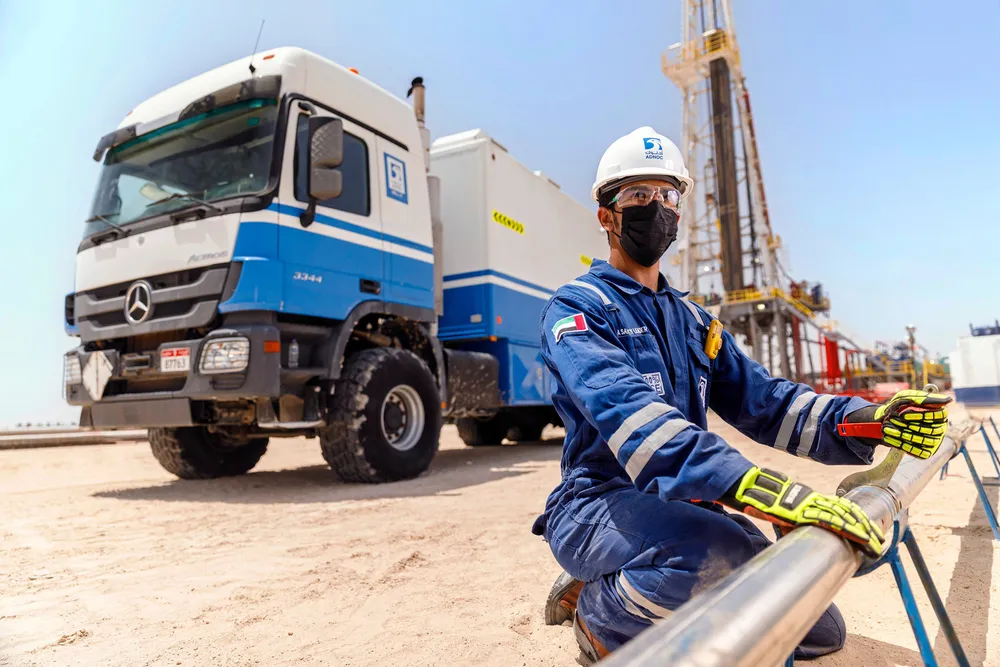Adnoc sets new methane intensity target by 2025
While Adnoc has announced its new methane intensity target for 2025, it did not reveal its current methane intensity for upstream operations

While Adnoc has announced its new methane intensity target for 2025, it did not reveal its current methane intensity for upstream operations
